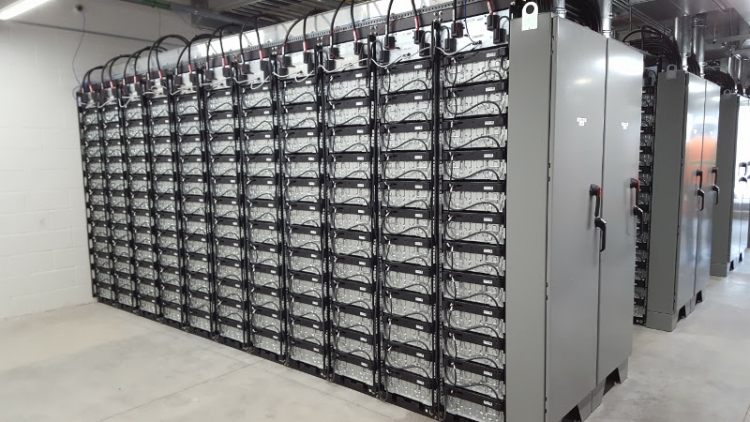The rapid rise of Battery Energy Storage Systems (BESS’s) that utilize Lithium-ion (Li-ion) battery technology brings with it massive potential – but also a significant range of risks. We believe this is one of the most important emerging risks today – and organisations that use this technology must balance the opportunities with the potential downsides.
What are Battery Energy Storage Systems? Battery Energy Storage Systems (BESS’s) are a sub-set of Energy Storage Systems (ESS’s). ESS is a general term for the ability of a system to store energy using thermal, electro-mechanical or electro-chemical solutions. A BESS utilizes an electro-chemical solution.
Essentially, all Energy Storage Systems capture energy and store it for use at a later time or date. Examples of these systems include pumped hydro, compressed air storage, mechanical flywheels, and BESS’s. These systems complement intermittent sources of energy such as wind, tidal and solar power in an attempt to balance energy production and consumption. Energy storage results in a reduction in peak electrical system demand and ESS owners are often compensated through regional grid market programs. Regulators also offer incentives (and in some cases mandates) to encourage participation.
FUTURE BATTERY ENERGY
Battery energy storage systems work by converting the DC energy being produced by your solar panels and storing it as AC power for later use. The higher your battery’s capacity, the larger the solar system it can charge.
Ultimately, solar batteries do the following:
Charge. During daylight, the battery storage system is charged by clean electricity generated by solar Optimize. Intelligent battery software uses algorithms to coordinate solar production, usage history, utility rate structures, and weather patterns to optimize when the stored energy is used. Discharge. Energy is discharged from the battery storage system during times of high usage, reducing or eliminating costly demand charges.

All types of BESS offer pros and cons in terms of capacity, discharge duration, energy density, safety, environmental risk, and overall cost. However, BESS’s utilizing Li-ion batteries are by far the most widely used system today. This is primarily due to their high energy density and steady decrease in cost. Decreasing costs A major factor in the rapid increase in the use of BESS Li-ion technology has been a 50% decrease in costs of energy storage over the last two years. While costs are still high compared to grid electricity, the cost of energy storage has actually been plummeting for the last 20 years.¹ Storage systems can also decrease the need to invest in new conventional generation capacity, resulting in financial savings and reduced emissions from generating electricity. Using storage systems also means fewer and cheaper electricity transmission and distribution system upgrades are required. Storage systems at the utility customer level can also result in significant savings to businesses through smart grid and Distributed Energy Resource (DER) initiatives, where cars, homes and businesses are potential stores, suppliers and users of electricity. In a virtuous cycle, the growing market will lead to increased production of BESS’s, which will lead to lower prices, which will increase the size of the market further.

Technologies are also popular because they improve energy security by optimising energy supply and demand, reducing the need to import electricity via interconnectors, and also reducing the need to continuously adjust generation unit output. In addition, BESS’s can provide system security by supplying energy during electricity outages, minimizing the disruption and costs associated with power cuts .Another reason for the rising popularity of storage systems is that they can enable the integration of more renewables, such as solar, tidal and wind power, in the energy mix. Financial incentives many governments and utility regulators are actively encouraging the development of battery storage systems with financial incentives, which is likely to lead to further growth
